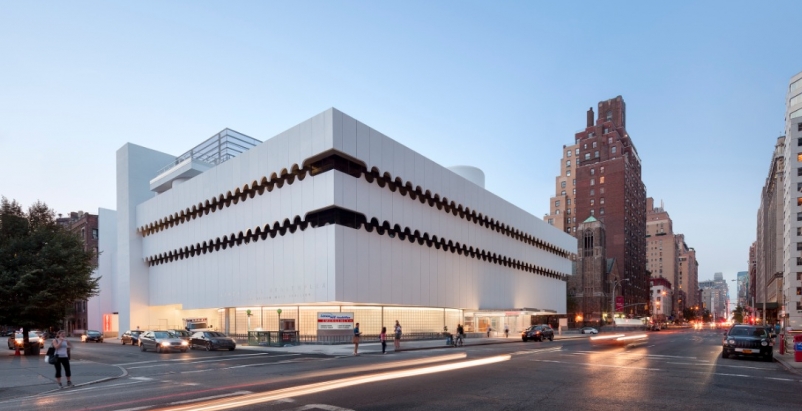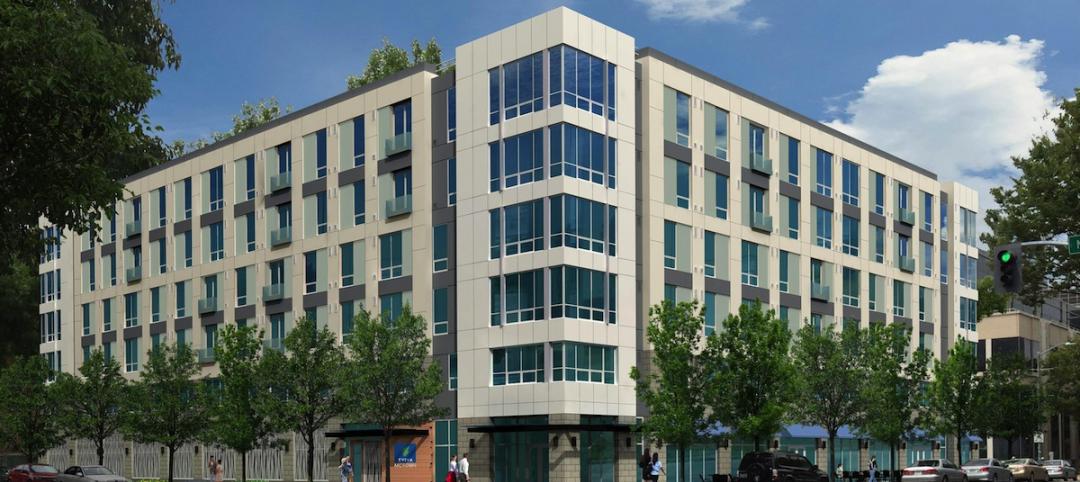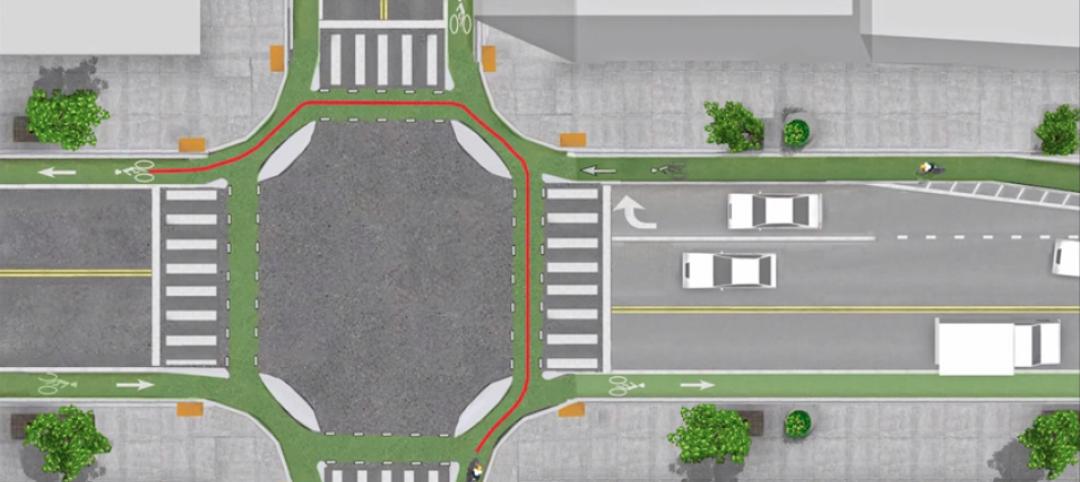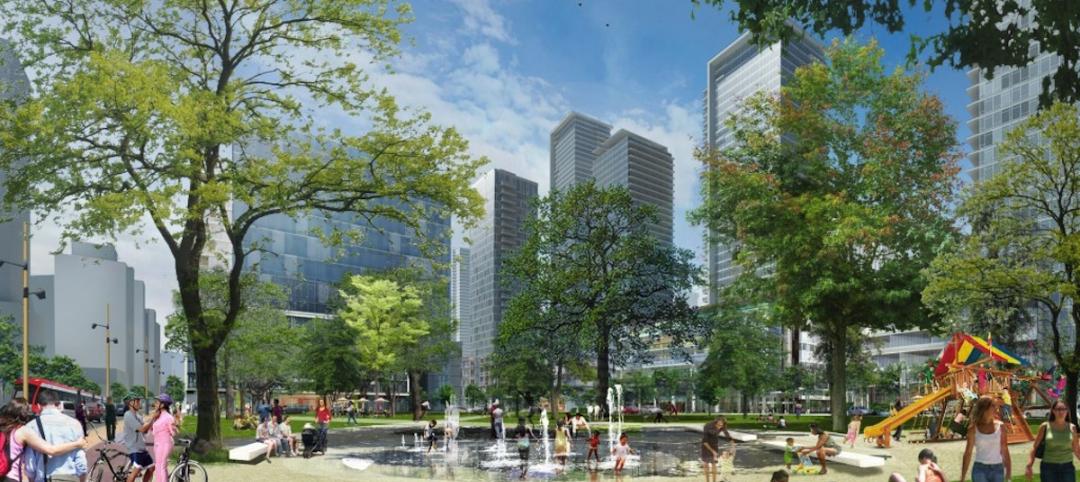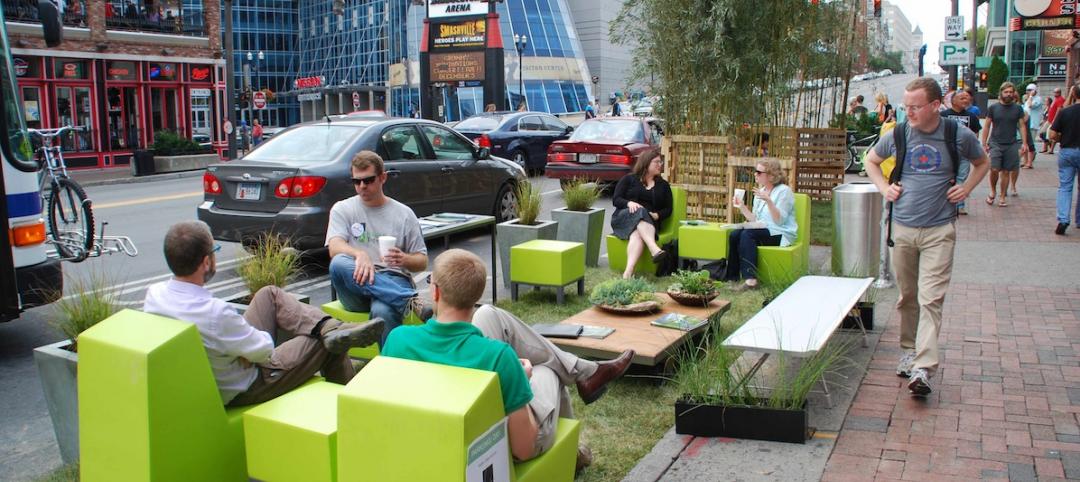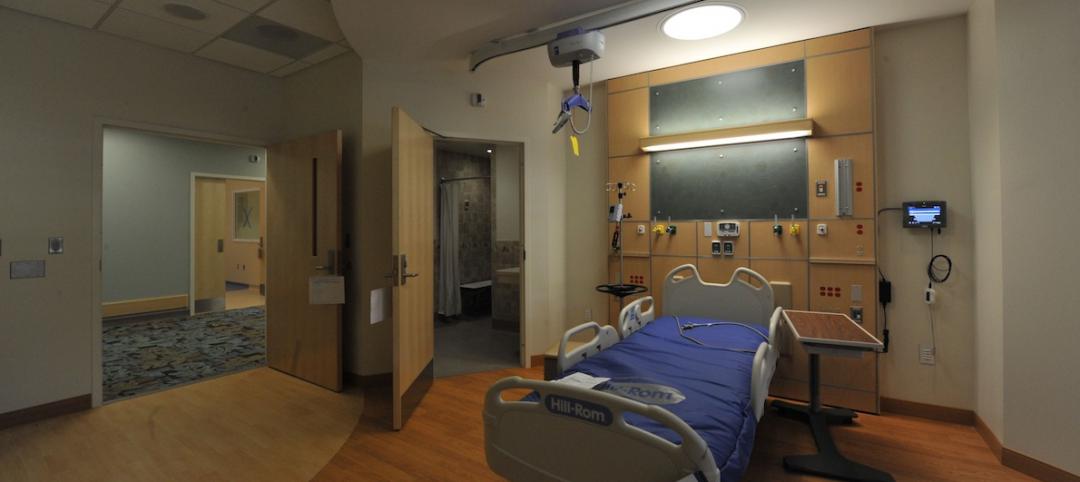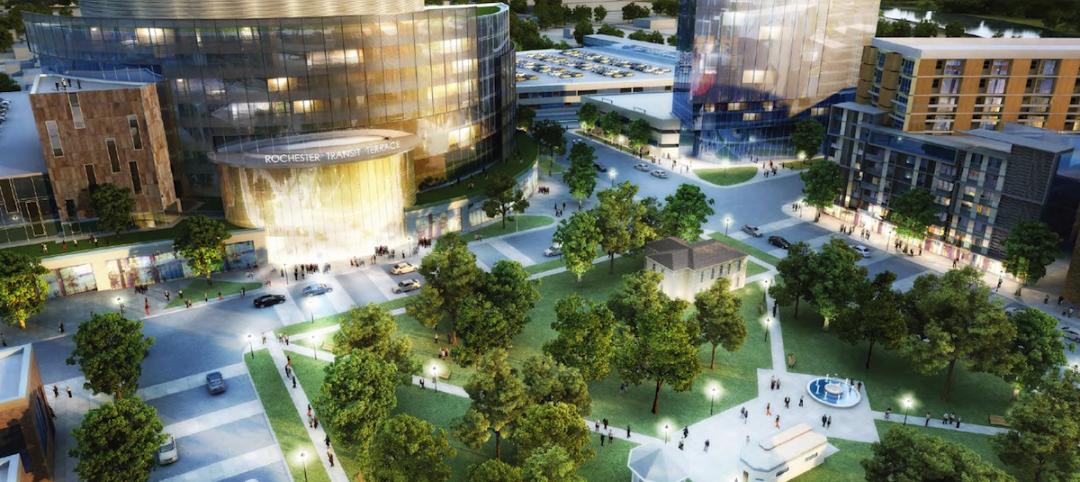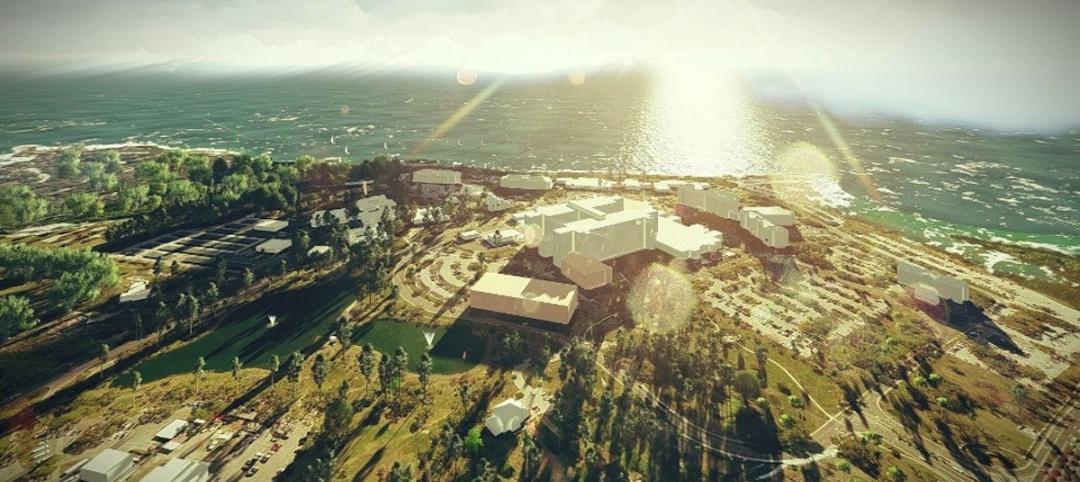This week, 100 Resilient Cities (100RC) announced that Perkins Eastman will join 100RC’s roster of Platform Partners.
The announcement will make the firm’s design, architecture, and planning services available to select 100RC Network members as they create and implement comprehensive resilience strategies. Through this partnership, Perkins Eastman will conduct one-day design integrated resilience planning workshops and provide design and consulting services around specific issues related to the built environment. Perkins Eastman becomes the first architecture firm to become a 100RC Platform Partner.
Platform Partners helps cities around the world prepare for, withstand, and bounce back from the “shocks” – catastrophic events like hurricanes, fires, and floods – and “stresses” – slow-moving disasters like water shortages, homelessness, and unemployment. The Platform Partners provide cities with tools they need to build resilience and influence the market as other resilience tools are developed. Current Platform Partners represent an array of private sector, public sector, NGO, and academic sector leaders. The addition of Perkins Eastman expands upon the design and architecture resources available to member cities.
In the aftermath of Superstorm Sandy, Perkins Eastman led multidisciplinary efforts throughout the New York Metropolitan area to create innovative plans and strategies for rebuilding communities, climate adaptation, and long-term resilience. Perkins Eastman has also led an interdisciplinary consortium to address the phenomena of aging populations. This work has been recognized with numerous awards, and in the process helped areas of New York City, Long Island, and New Jersey receive millions of dollars in additional funding for rebuilding efforts.
Each city in the 100RC network receives four concrete types of support:
- Financial and logistical guidance for establishing a new position in city government, a Chief Resilience Officer, who will lead the city’s resilience efforts
- Technical support for development of a robust resilience strategy
- Access to solutions, service providers, and partners from the private, public, academic, and NGO sectors who can help them develop and implement their resilience strategies
- Membership of a global network of member cities who can learn from and help each other.
Related Stories
Smart Buildings | Jun 4, 2015
Evidence suggests wider lanes make city streets more dangerous
Lanes that are 10.5 feet wide have lower side impact crashes than standard 12-foot lanes, suggests new research.
BIM and Information Technology | Jun 3, 2015
More accurate GPS ready to change the way we shop, interact, and explore
New technology reduces location errors from the size of a car to the size of a nickel—a 100 times increase in accuracy. This is a major technological breakthrough that will affect how we interact with environments, the places we shop, and entertainment venues.
Multifamily Housing | Jun 1, 2015
Sacramento moves forward on multifamily project with new modular supplier
Guerdon Modular Buildings will provide modules for 118 apartments.
| May 29, 2015
Austin, Salt Lake City, Davis, Calif., and Boston creating first protected intersections in U.S.
Protected intersections arrange traffic so that everyone—bicyclists included—can see all moving traffic simply by looking forward instead of forcing people in cars and on bikes to look constantly over their shoulders.
Smart Buildings | May 28, 2015
4 ways cold-climate cities can make the most of their waterfronts
Though cold-climate cities pose a unique challenge for waterfront development, with effective planning waterfront cities with freezing winter months can still take advantage of the spaces year-round.
Multifamily Housing | May 28, 2015
Census Bureau: 10 U.S. cities now have one million people or more
California and Texas each have three of the one-million-plus cities.
Smart Buildings | May 27, 2015
Tactical urbanism: Why bigger isn’t always better in urban revitalization
A budding urban planning movement that is sprouting in cities across the globe proves that low-cost, small-scale, community-driven projects have the power to effect positive change.
Healthcare Facilities | May 27, 2015
Roadmap for creating an effective sustainability program in healthcare environments
With a constant drive for operational efficiencies and reduction of costs under an outcome-based healthcare environment, there are increasing pressures to ensure that sustainability initiatives are not only cost effective, but socially and environmentally responsible. CBRE's Dyann Hamilton offers tips on establishing a strong program.
Healthcare Facilities | May 27, 2015
Rochester, Minn., looks to escape Twin Cities’ shadow with $6.5 billion biotech development
The 20-year plan would also be a boon to Mayo Clinic, this city’s best-known address.
BIM and Information Technology | May 26, 2015
Moore's Law and the future of urban design
SmithGroupJJR's Stephen Conschafter, urban designer and planner, discusses his thoughts on the 50th anniversary of Moore's Law and how technology is transforming urban design.


